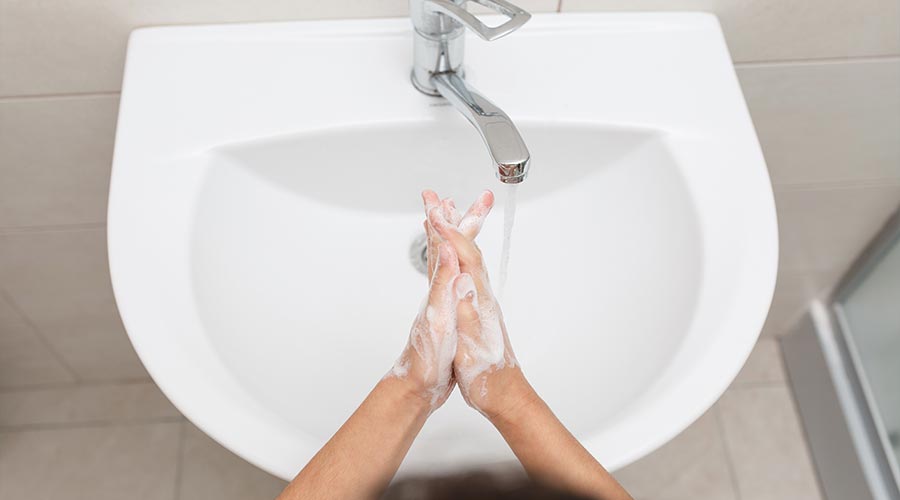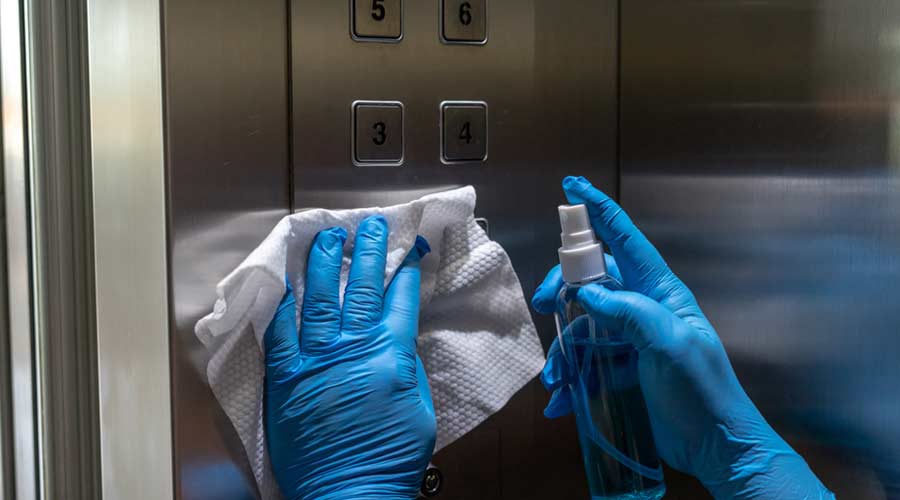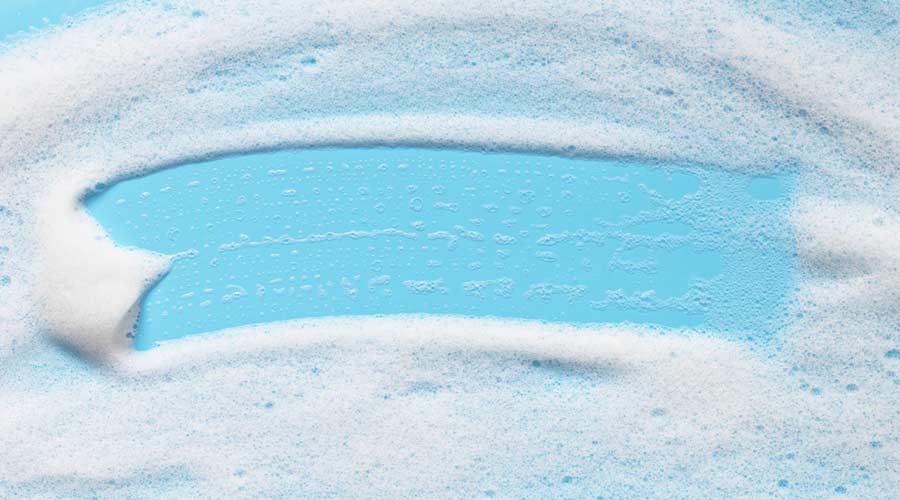
The hand hygiene industry continues to evolve, driven by heightened awareness, technological advancements, and ever-shifting demands and preferences from commercial and industrial users. In the wake of the COVID-19 pandemic, hand hygiene practices and products have undergone a transformation, moving beyond temporary crisis response to established and enduring standards when it comes to cleanliness and infection prevention.
For distributors of cleaning products, understanding these trends is critical to meeting client expectations — and staying competitive in a dynamic market. This Q&A explores the current state of hand hygiene, highlighting key innovations, successful strategies, challenges, and the trajectory of practices and products since the pandemic’s peak.
The pandemic helped to catalyze a large-scale shift in the public’s hygiene consciousness, with rigorous handwashing and sanitizing protocols becoming standard in all public spaces. However, 2025 data from the National Foundation for Infectious Diseases suggests there are still persistent gaps, with 48 percent of U.S. adults admitting to inconsistent handwashing at critical moments, underscoring the need for continued education and convenient solutions.
To help, the World Health Organization’s “5 Moments for Hand Hygiene” provides useful guidance for healthcare settings, emphasizing precise timing for handwashing and the importance of personal protective equipment (PPE) to reduce transmission. These guidelines help to shape product development and training programs, particularly in high-risk environments like hospitals and food processing plants.
Innovation continues to drive the industry forward, and smart technology and sustainable practices are out in front of the pack. Touchless dispensers, equipped with Internet of Things (IoT) technology, can monitor usage rates and optimize refill schedules, helping improve compliance in commercial settings.
The market for hand hygiene products, including soaps and sanitizers, is projected to grow steadily through 2035, fueled by demand for eco-friendly formulations and biodegradable packaging. Sustainability trends can also influence market trends, with refillable systems and concentrated formulas reducing waste and appealing to environmentally conscious clients.
Post-pandemic, the focus has shifted from reactive measures to proactive, long-term strategies. Some challenges, however, still remain; including supply chain disruptions for raw materials and contamination risks as safety and production standards evolve. The importance of quality control and supplier reliability is crucial for continued innovation.
This Q&A delves into these developments, as Sanitary Maintenance reached out and examined new product offerings from several top names in the game, looking for insights into what works, where the challenges are, and how the industry adapts to meet evolving standards.
Trends Impacting Soap and Sanitizer Products

 The Down and Dirty on Cleaning in Virus Season
The Down and Dirty on Cleaning in Virus Season How Surfactant Use is Expanding in Commercial Cleaning
How Surfactant Use is Expanding in Commercial Cleaning